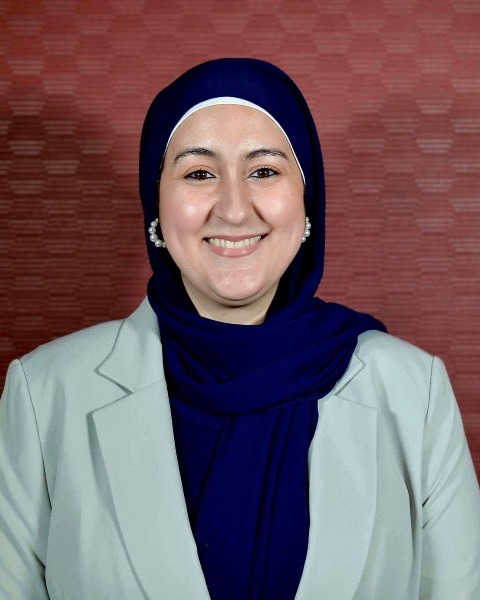Poster Presentation
Social Justice and Health Equity
Wednesday Evening Poster Reception
WED-113 - Exploring Preeclampsia Knowledge and Self-monitoring Practices of Blood Pressure Among Pregnant Muslim Women in Indiana
Wednesday, April 16, 2025
6:00 PM - 7:00 PM PST
Location: Pacific I/II, 2nd Floor
Area of Responsibility: Area I: Assessment of Needs and Capacity
Subcompetencies: 1.4.2 Prioritize health education and promotion needs., 6.2 Determine communication objective(s) for audience(s).
Research or Practice: Research
Subcompetencies: 1.4.2 Prioritize health education and promotion needs., 6.2 Determine communication objective(s) for audience(s).
Research or Practice: Research

Sophia Salem, MS (she/her/hers)
Doctoral Student
Indiana University Bloomington
Bloomington, Indiana, United States
Poster Presenter(s)
Learning Objectives:
At the end of this session, participants will be able to:
- Identify gaps in knowledge of pregnant Muslim women about preeclampsia.
- Examine pregnant Muslim women's perceptions towards self-monitoring of blood pressure.
- Recognize communication practices between provider and patients.
Detailed abstract description:
Background: Despite the efforts to reduce maternal mortality in the United States, preeclampsia remains a significant and rising concern. This issue is crucial for minority communities in the U.S. Many studies have shown that pregnant women in various regions, such as Jordan and Utah, lacked comprehensive knowledge about preeclampsia, indicating a need for improved intervention on this issue. However, research on knowledge and awareness of preeclampsia among Muslim women in the U.S., specifically in states like Indiana with high maternal mortality rates, is limited. Furthermore, evidence suggests that self-monitoring of blood pressure at home can be beneficial in detecting early signs of preeclampsia, yet the perception and knowledge of Muslim women regarding this preventive measure remain unexplored. Addressing the existing knowledge surrounding preeclampsia is essential for designing culturally tailored educational interventions that can enhance maternal health outcomes within this population.
Aim: The purpose of this study is to assess the knowledge Muslim women in Indiana have about preeclampsia and determine perceptions about self-monitoring of blood pressure at home.
Methods: A semi-structured interview guide was created and used for the interviews with the participants. Eligibility criteria included Muslim women between the ages of 18 and 45 years old, a resident of Indiana, and they must have been pregnant or have a child under five years old. All interviews were completed via Zoom. Using a phenomenological qualitative approach, thematic analysis was used to conduct open coding on the transcripts. We used MAXQDA 24 for our analysis software. We used member checking, interrater reliability, and peer debriefing during the coding process.
Results: The sample was nine participants (n=9). Most of the participants were highly educated, and more than half the sample was pregnant at the time of interview. All participants reported receiving regular prenatal care throughout their pregnancies. While they were aware of some signs and symptoms of preeclampsia, there was a noticeable gap in education and communication between healthcare providers and patients. Participants expressed the desire to know more information about preeclampsia, as it was not typically discussed at the initial prenatal care visit or throughout their pregnancies. There was mostly positive support for self-monitoring of blood pressure at home, as participants found it easy, comfortable, and convenient. Most participants did not perceive themselves to be at risk for developing preeclampsia based on their current symptoms and medical history.
Conclusions: Health care providers should take the time to explain preeclampsia with all patients to provide a safe space that allows for processing of information and additional questions from patients. Pregnant Muslim women may be amenable to self-monitoring of blood pressure during pregnancy for the prevention of preeclampsia.
